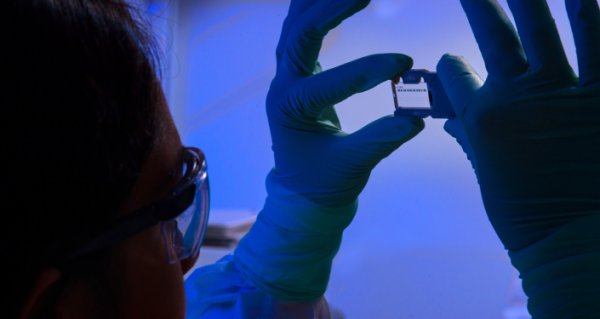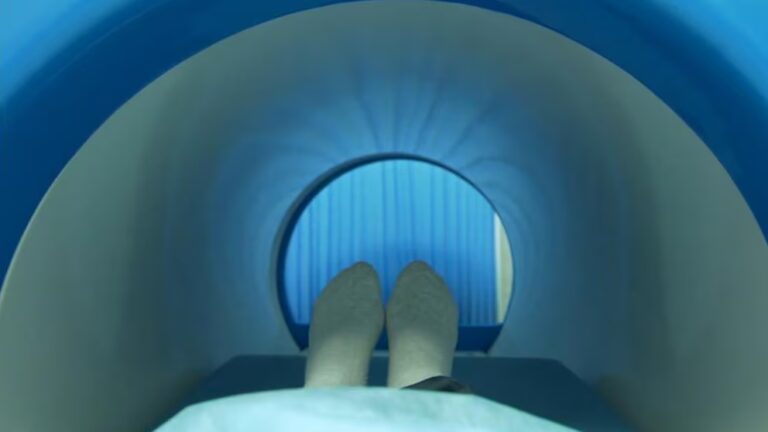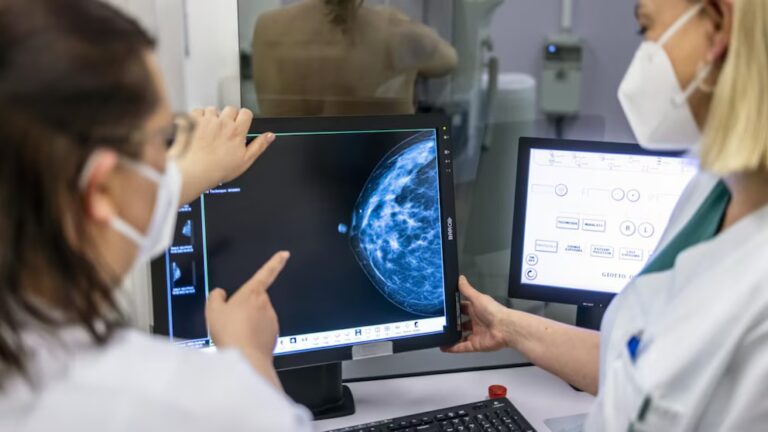
Genetic sequencing has helped scientists to understand the COVID-19 virus amid the ongoing pandemic. Yet, the process of sequencing can also shed light on the structural genes causing incurable ailments like Alzheimer’s, Huntington’s disease, and muscular dystrophy, among others.
SARS-CoV-2, the virus behind the ruthless COVID-19 pandemic continues to multiply, mutate, and spread. Since the beginning of the pandemic scientists across the world have found multiple variants of the virus. Undoubtedly, one of the most powerful ways of fighting this pandemic has been decoding the genetics of this stubborn virus.
A process called genetic or genomic sequencing has helped scientists and virologists across the world to identify and to understand how the virus might respond to new treatments. Until now, scientists have been continuously “mining” the genetic code of the virus and decoding its weakness.
The ongoing coronavirus pandemic has given the world a glimpse into how genetic information can help to quickly control a virus or a microbe. Last January, after the SARS-CoV-2 code was made public for the first time, it helped researchers in creating diagnostic tests and biotech companies in developing vaccines, and consequently, within a year the world had several COVID-19 jabs.
Now, these genetic footprints are helping scientists to predict how different patients’ immune systems will respond to infections and several other hurdles. All of this has been made possible due to the existing knowledge of genetic sequencing and genomic science, although the use of genetics to track diseases can be traced to the 1990s. But can this sequencing be used to identify the source and ultimately treat incurable diseases?
Dr Razdan also emphasised that diseases with a genetic origin can be detected through sequencing.
“In the recent past, genetic data did not drive diagnosis but had a primarily confirmatory role. Today the major challenge is to convert pathogenic genetic data into a primary diagnostic tool that can shape clinical decisions and patient management”, Dr Razdan said.
In 2003, the Human Genome Project announced that it had sequenced around 20,000 genes and there are approximately 22,300 protein-coding genes in humans. Today, scientists can map a human genome in just a few hours and for less than a thousand dollars. Genomics has made it possible to predict, diagnose, and treat diseases more precisely than ever before.
Early diagnosis of a disease can significantly increase the chances of successful treatment. Studying genes with precision can detect diseases long before symptoms present themselves. Many ailments, including cancers, are caused by alterations in our genes, and genomics can identify these alterations and search for them using any genetic tests.

Indian senior Radiation Technologist Yogesh Ninave (R) and coordinator Khyati Panchal (2R) observes a cancer patient lying India’s first True Beam Radiotherapy Technology Linear Accilator at the Health Care Global (HCG) hospital in Ahmedabad on December 13, 2011
Meanwhile, there are several kinds of research underway to identify the “causal” genes that, if mutated, increase the risk of developing incurable diseases like Alzheimer’s. This identification is important for diseases such as Alzheimer’s, as researchers still don’t completely understand how this condition progresses and thus have yet to develop effective medications.
Sourse: sputniknews.com






